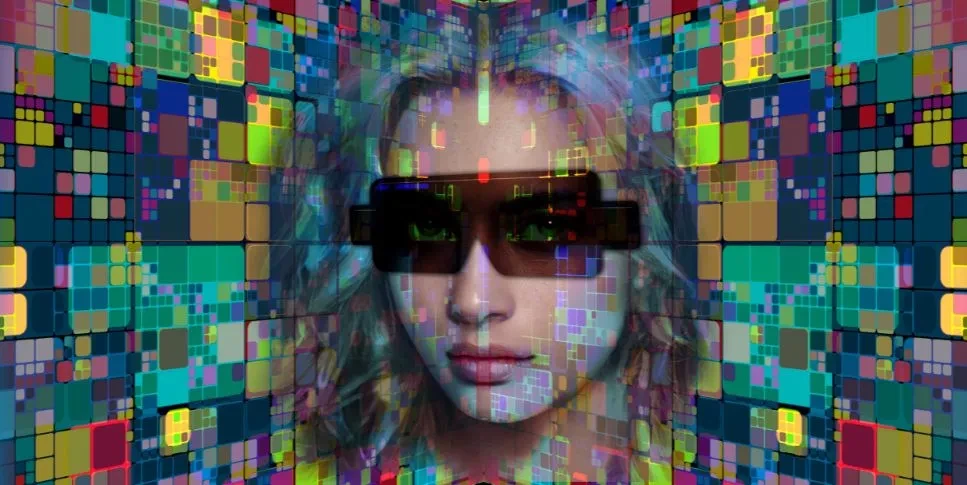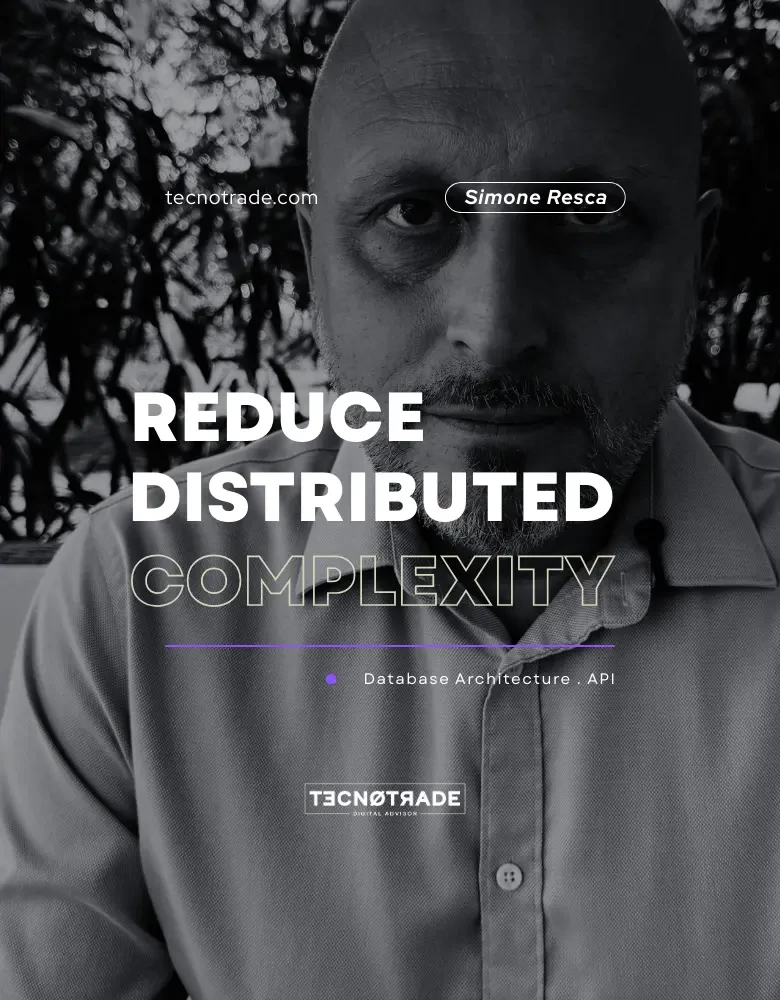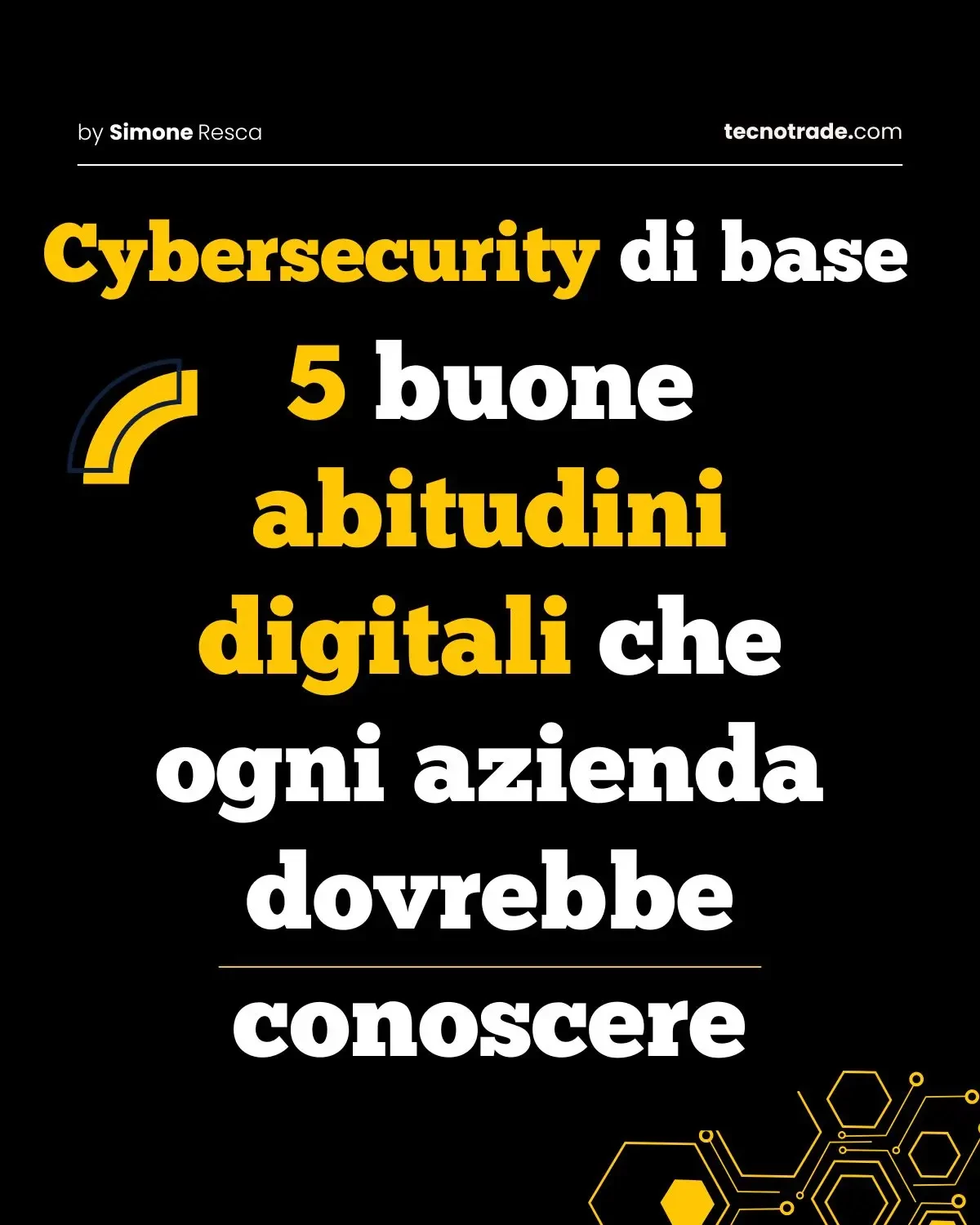Web 3.0 and blockchain technology are redefining the web landscape, introducing concepts like decentralization, transparency, and security that promise to radically transform the way we interact with online applications.
In this article, we’ll explore the key aspects of this technological revolution, its impacts, and how Tecnotrade can support businesses during this transition.
Introduction to Web 3.0
Web 3.0 represents the third generation of the web's evolution, characterized by a decentralized approach aiming to return control to users by eliminating intermediaries and promoting transparency.
Unlike Web 2.0, which is dominated by centralized platforms like Facebook and Google, Web 3.0 relies on emerging technologies such as blockchain, smart contracts, and cryptocurrencies to create an environment where users are not just consumers, but active participants and owners.
The History of the Web: From Web 1.0 to Web 3.0
To fully understand the meaning of Web 3.0, it's useful to retrace the web's evolutionary stages:
- Web 1.0 (1990–2005): Also known as the "Static Web", it consisted of fixed-content web pages.
Users were mostly passive consumers of information with no significant interaction. - Web 2.0 (2005–present): Introduced in the early 2000s, Web 2.0 brought interactivity to the web.
Platforms like Wikipedia, YouTube, and social media allowed users to create, share, and engage with content.
The term "Web 2.0" was coined by web designer Darcy DiNucci and represents a collaborative and dynamic web. - Web 3.0 (ongoing): Web 3.0 aims to add another layer: reading, interacting, and economically owning shares of the services users engage with, leveraging blockchain and cryptocurrencies.
Key Features of Web 3.0
Web 3.0 stands out with several unique features that set it apart from previous web generations:
- Decentralization: No single entity controls the network.
Blockchain, a core Web 3.0 technology, distributes data control across a network of nodes, making transactions and information more secure and transparent. - Interoperability: Web 3.0 platforms and applications can interact without barriers thanks to standardized protocols.
This means an application built on one blockchain can communicate and operate with another on a different blockchain. - Trustless and Permissionless: Interactions and transactions do not require trust between parties, and anyone can participate.
This removes the need for intermediaries like banks or governments, reducing costs and improving efficiency.
Core Technologies of Web 3.0
Web 3.0 is made possible through several advanced technologies, including:
- Blockchain: A distributed ledger that enables the secure and immutable recording of transactions.
Each block contains a list of verified transactions and a link to the previous block, ensuring data integrity and security. - Smart Contracts: Self-executing programs on the blockchain that automate the execution of contractual agreements.
These digital contracts remove intermediaries, cutting costs and boosting efficiency. - Cryptocurrencies and Tokens: Cryptocurrencies like Bitcoin and Ethereum, and both fungible and non-fungible tokens (NFTs), enable financial transactions, digital asset exchange, and active participation in decentralized economies.
Impact of Web 3.0 on the Digital Economy
Web 3.0 has the potential to radically transform the digital economy.
Thanks to decentralization and blockchain transparency, users can directly participate in platform economies by owning tokens that represent shares in the services they use.
This creates a more equitable economic model where profits are distributed among participants rather than concentrated in a few large intermediaries.
Web 3.0 also overlaps with the metaverse—immersive digital worlds, often (but not necessarily) in virtual reality, where users can live part of their daily lives via avatars.
Some metaverse platforms, such as Decentraland, are based on blockchain, cryptocurrency, and NFTs, making them a full-fledged part of Web 3.0.

NFTs and Web 3.0: Owning Digital Assets
Non-Fungible Tokens (NFTs) are one of Web 3.0’s most significant innovations, enabling the creation, ownership, and exchange of unique digital assets.
NFTs use blockchain to verify authenticity and ownership, reshaping how we value and perceive digital content.
What Is an NFT?
An NFT is a unique digital token representing ownership of a specific item.
Unlike cryptocurrencies like Bitcoin or Ethereum—which are fungible and interchangeable—each NFT is unique and non-interchangeable.
This makes them ideal for digital goods like art, music, videos, collectibles, and more.
How Do NFTs Work?
NFTs are created and managed on a blockchain—typically the Ethereum network.
Each NFT contains unique information stored in a smart contract, including creator, current owner, and transaction history.
This ensures data transparency and immutability, providing indisputable proof of ownership and authenticity.
NFT Creation and Exchange
The process of creating an NFT—known as “minting”—involves registering the digital item on the blockchain via a smart contract.
Once minted, the NFT can be sold, traded, or transferred like any other asset.
NFT marketplaces like OpenSea, Rarible, and Foundation allow users to buy and sell NFTs through auctions or direct sales.
Applications of NFTs in Web 3.0
NFTs are used across various sectors, revolutionizing how we engage with digital assets:
- Digital Art: Artists can create and sell digital works as NFTs, ensuring ownership and authenticity.
One famous example is “Everydays: The First 5000 Days” by Beeple, which sold for over $69 million. - Music and Media: Musicians and creators can sell songs, videos, and other media as NFTs, offering fans the chance to own unique pieces of content.
- Gaming: In blockchain-based games, NFTs represent game items, characters, and assets.
Platforms like Axie Infinity let players own and trade digital creatures called “Axies” to compete and earn rewards. - Digital Collectibles: Virtual collectibles like trading cards or in-game items can be tokenized as NFTs, giving collectors a new way to own and trade rare digital goods.
NFTs and the Metaverse
The metaverse, an immersive virtual universe, integrates closely with NFTs.
In platforms like Decentraland, users can purchase virtual land and build custom environments using NFTs.
These virtual assets become unique, tradable, and marketable within the metaverse, creating new economic and creative opportunities.
Challenges and Considerations
Despite their potential, NFTs come with challenges and considerations:
- Environmental Impact: Creating and managing NFTs on blockchains—especially those using Proof of Work like Ethereum—can be energy-intensive with a significant environmental footprint.
- Intellectual Property: Ensuring tokenized content complies with IP rights is complex.
Creators must have the legal rights to tokenize and sell their work. - Market Volatility: The NFT market is highly volatile, with values that can fluctuate dramatically.
Buyers and sellers should be aware of the financial risks involved.
The Future of Web 3.0: Trends and Outlook
Web 3.0 marks a radical shift in how we interact with the web, fostering a more decentralized, transparent, and secure ecosystem.
Emerging Web 3.0 trends offer a glimpse into the future, with new opportunities and challenges redefining the boundaries of technology and human interaction.
Decentralization and Autonomy
Decentralization eliminates the need for centralized intermediaries.
This autonomy allows users to control their own data and transactions, reducing risks of censorship and manipulation.
Decentralized platforms like Ethereum, Polkadot, and Solana are gaining traction, offering solid infrastructure for dApps that promote user independence.
Blockchain Interoperability
Another key development is interoperability between different blockchains.
This allows platforms to communicate and exchange data seamlessly, improving Web 3.0 efficiency and usability.
Protocols like Polkadot and Cosmos are pioneers in this area, connecting networks and building a more cohesive ecosystem.
Smart Contract Evolution
Smart contracts are becoming increasingly sophisticated, automating complex processes without intermediaries.
With technologies like Ethereum 2.0 and Solidity, new business models and innovations are emerging in finance, law, and commerce.
Metaverse Expansion
The metaverse is gaining momentum as a digital space for avatar-based interaction.
It overlaps with Web 3.0, using blockchain to ensure asset ownership and authenticity.
Platforms like Decentraland and The Sandbox are building sustainable digital economies where users can own, trade, and monetize assets.
Decentralized Finance (DeFi)
DeFi is disrupting traditional finance.
Using blockchain smart contracts, DeFi projects offer services like lending, trading, and insurance without intermediaries.
This democratizes financial access and makes services more inclusive worldwide.
Privacy and Security
With rising data privacy concerns, Web 3.0 emphasizes personal data protection.
Technologies like advanced encryption and decentralized identity (DID) help users control who accesses their data and how it’s used.
Projects like Zcash and Monero lead in privacy-centric cryptocurrencies, offering anonymous and secure transactions.
AI and Machine Learning Integration
Integrating AI and ML in Web 3.0 enables automation and optimization.
AI apps can analyze decentralized data to provide insights, enhance security, and personalize experiences.
This synergy could transform healthcare, logistics, and marketing, making them more efficient and responsive.
Web 3.0: Challenges and Opportunities
Despite its promise, Web 3.0 faces hurdles.
Blockchain scalability, high transaction fees, and legal issues are major challenges.
However, Web 3.0 offers immense opportunities to build a more equitable, inclusive, and innovative digital ecosystem.
Conclusion
The future of Web 3.0 is bright, with emerging technologies reshaping the digital landscape.
Businesses must be ready to adopt and integrate these innovations into their strategies to stay competitive.
How Tecnotrade Can Help
In partnership with industry specialists, Tecnot



